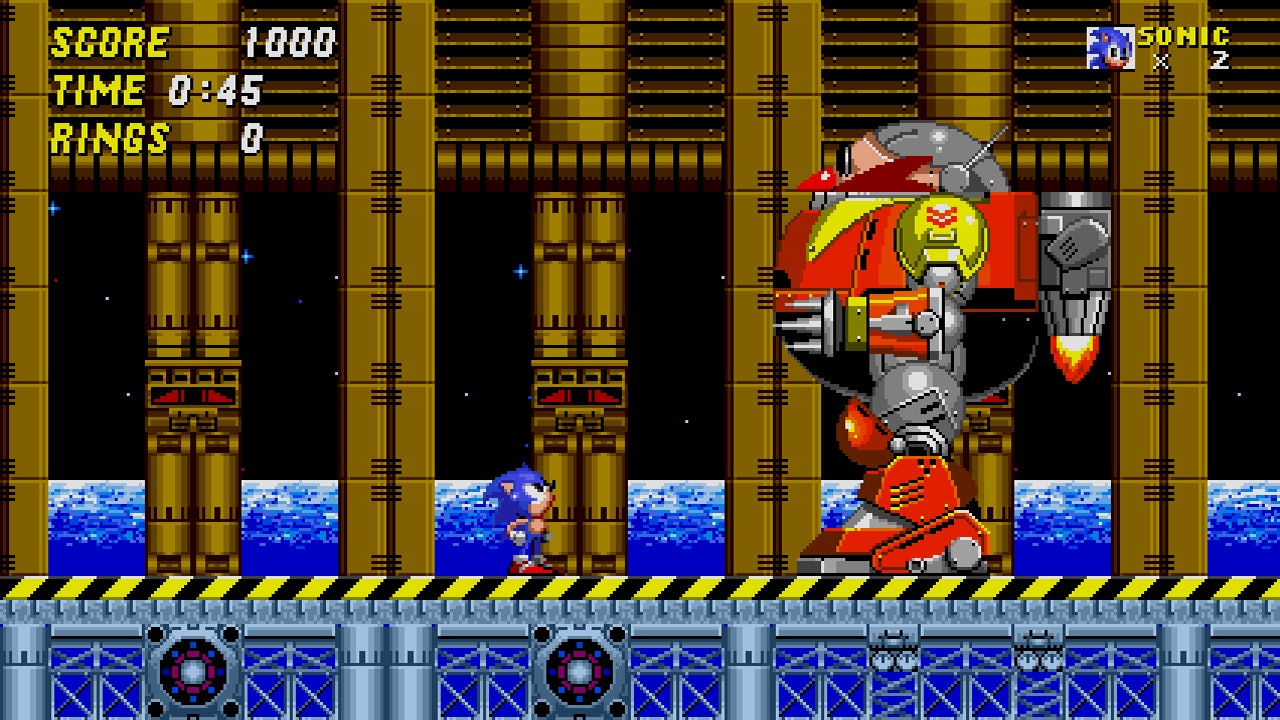
The 16-bit era of gaming, defined more broadly as the fourth generation of video game consoles, started with an unlikely machine: NEC’s PC Engine, known in America as the TurboGrafx-16. While some might remember the machine solely as a throwaway joke in a Homestar Runner cartoon, the TurboGrafx was a bridge between technological eras. It was also a cautionary tale for those who assumed games and graphics would be enough to make it on the global scale.
The TurboGrafx, which had an 8-bit CPU and a 16-bit GPU, emerged in 1987 as the chief competition to the SNES in Japan. But it failed to break through to American markets for a number of reasons, starting with its pack-in title Keith Courage in Alpha Zones. A Japanese game meant for Japanese audiences, Keith Courage failed to make headway with American audiences.
Sega didn’t make any such mistakes. The company, which had strong American roots, understood that Americans in the ‘90s wanted attitude. That attitude might even come at expense of the gameplay, like with the cool-looking but somewhat shallow Altered Beast. But neither had to be sacrificed when Sega developed the character that would become its mascot: Sonic. Sonic the Hedgehog 2, released in 1992 and available right now if you’ve subscribed to Nintendo Switch Online + Expansion Pack, shows the fourth generation at its peak.
Mascots like Sonic and Mario were crucial to ‘90s gaming, which opened up the world of consoles to the masses. They began to define their systems, one the timeless classic and the other a brash upstart. Mario games tended to emphasize jumps and special weapons. Sonic, as everyone knows by now, emphasized speed.
Sonic 2 added a little to the gameplay experience. Tails is introduced, a kid sidekick for the teenage blue hedgehog. Tails is always smiling, even when Sonic grows bored with the player not moving the controller.
But beyond Sonic, the real stars of this sequel are its levels. The worlds of Sonic 2 are, for a side-scrolling game where the main emphasis is on collecting coins, quite large. Fall off a cliff in the Aquatic Ruin Zone, and you might be surprised to find yourself on another tube underwater, suddenly facing whole new enemies as you race to get back to the surface.

Sonic 2 has a few power-ups, like invincibility and extra-speedy shoes, but the main appeal in the game is not modding Sonic out. It’s Sonic himself. The blue guy has the speed, he’s got the bounce, and now he’s got the speed dash to keep the momentum flowing. The speed dash comes in handy most often when Sonic is running up a loop and doesn’t have quite enough speed to keep going. It’s very helpful.
The Casino Night Zone is undoubtedly one of the game’s big highlights, essentially transforming Sonic into a pinball moving through giant U-shaped gaps as flippers can launch him through the air. Casino Night, both for its vibrant colors and reimagining of Sonic’s core gameplay, is a creative high point for the entire fourth generation of games. It’s worth playing through the three zones beforehand just to try Casino Night.
The entire game is worth playing, just to be clear. Games like Sonic 2 would help build out what players expected from side-scrollers, in terms of complexity and replayability. The game invites you in, gets you used to speed, and you want to keep going.







